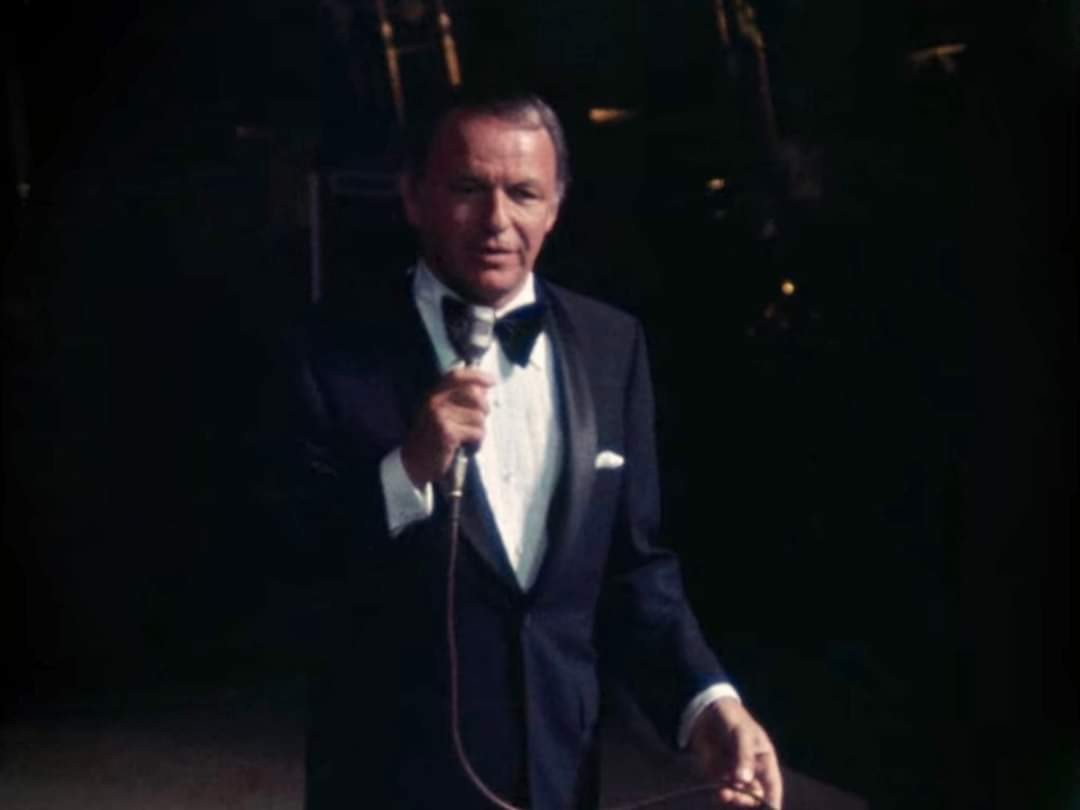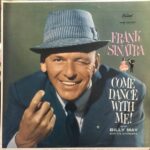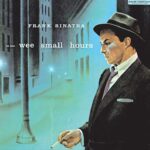
“THE RETIREMENT CONCERT” (1971)
By Mahnuel Muñoz
On June 13, 1971, Frank Sinatra gave the famous “retirement concert” at the Los Angeles Music Center, after announcing his desire to leave public life. Neither his followers nor his colleagues could believe that the man who had been nicknamed “The Voice” had decided to remain silent forever. Luckily, the artist understood very quickly that he was born to sing, even in the face of any adversity, and returned two years later with more impetus than ever to the concerts (and more sporadically to the recording studios), on an endless tour that continued. extended for twenty years.
FRANK SINATRA RADIO
HISTORIC CONTEXT
To understand the reasons that led Sinatra to retire, I think it is necessary to go back in time.
The 1960s were very intense and complicated for him, full of successes but also challenges. The changes in popular culture put his art in compromise and he had to adapt to the beat of the times, trying at the same time not to affect the essence that had made him a living legend of popular song. Although he maintained a notable level of overall quality in his production, his forays into current pop showed less consistency when compared to albums based on the Great American Songbook. This situation often involved a frustrating dichotomy between aesthetic postulates and commercial aspirations.
His cinematic contribution during those years was affected by the decline of the musical genre and suffered from notable irregularity. As with records, the brilliance of films was often directly proportional to the depth of discourse they presented.
On a personal level, he had to deal with the harassment of the press and public opinion for his way of life, the complex relationship with the Kennedys, the failed marriage with Mia Farrow, the kidnapping of his son Frank Jr. and the death of his father, Martin Sinatra, in addition to the inexorable passage of time that took its toll on his body and voice.
The 1970s greeted Sinatra with notorious commercial failures in his artistic proposals; the album “Watertown” was too avant-garde for its traditional audience and lacked interest for young audiences; His successor, “Sinatra & Company” suffered from a repertoire without cohesion or clear purpose; and his last feature film as a protagonist for the big screen, “Dirty Dingus Magee” was an irritatingly mediocre parody Western that Frank made perhaps to escape his worries.
On March 24, 1971, society columnist Suzy Knickerbocker presented Sinatra’s goodbye scoop in her column. In a statement written the day before, Frank celebrated his long and successful career, and noted that the rigors of it had prevented him from having time for reading and reflection, something he needed at that time to understand the numerous and drastic changes that They were happening all over the world.
FRANK SINATRA RADIO
THE CONCERT
Frank carefully prepared a selection of eleven songs that encompassed all the stages of his career.
On June 13, two concerts were actually held at the Musical Center complex; the first at the Dorothy Chandler Pavilion—only nine songs—and the second, which was recorded for posterity, at the Ahmanson Theater. In a brief but very emotional show, Frank unfurled the musical bouquet that constitutes the soundtrack of his life and ours, from the “All Or Nothing At All” with which it all began in 1939 with the Harry James orchestra to the solemn “My Way” from 1969 that will end up becoming his most universal melody, passing through “I’ve Got You Under My Skin“, “I’ll Never Smile Again”, “Ol’ Man River”, “Try A Little Tenderness ” (with the only accompaniment of Al Viola on guitar), “That’s Life“, “Fly Me To The Moon“, “Nancy (With The Laughing Face)”, “The Lady Is A Tramp” and a chilling finale: “Angel Eyes“, with which Frank paid tribute to his never-lost nature as a “saloon singer” and provided one of the most beautiful moments of his stage legacy, with the final phrase “‘Scuse me while I disappear…” after the one in which the lights went out and the artist left the stage. If we forget about the fleeting nature of retirement, the show is very exciting, Frank is absolutely dedicated and the orchestra, directed by Bill Miller, provides him with unmatched, round and compact support. It is a gift for the senses of everyone who has a heart in their chest and ears in their ears. And by watching or listening to this show, someone who is not a fan can undoubtedly become a fan.
And where to see it, listen to it and have it forever? Although the audio and video of the concert circulated in the pirate market for decades, in 2015 the Eagle Rock label published “All Or Nothing At All“, an extraordinary box set with four DVDs and a CD (also available on Blu-Ray) in the that we find a biographical documentary about Frank Sinatra with the common thread of the songs from the legendary concert, in addition to the concert itself in audio and video and an interview that The Voice gave to journalist Walter Cronkite in 1965. A chest with a true treasure not devaluable in inside and I say, without an ounce of exaggeration, that it is one of the five best references of all of Sinatra’s posthumous material.
FRANK SINATRA RADIO
EPILOGUE
Although he had renounced his career and the inherent public life, in the following months Frank was seen at tribute galas, charity events and political events; He devoted himself particularly to the latter, and it was precisely in one of them that he forged his comeback. On April 17, 1973, President Richard Nixon invited him to sing at the White House during a dinner in honor of Italian Prime Minister Giulio Andreotti. The concert, which Frank performs with the backing of the Marine Corps Presidential Band conducted by Nelson Riddle, is amazing, and everyone, including the singer, realizes that it is worth trying again. The old blue eye was back, and this time to stay.
If you want to visit more articles about the life of Frank Sinatra enter the following Sinatra Radio 24h link: https://sinatraradio24h.com/category/articles/
We remind you that you can also listen to Sinatra Radio 24 hours on your mobile phone by downloading our free applications for Android in the Play Store https://play.google.com/store/apps/details?id=sinatra.radio24h
















